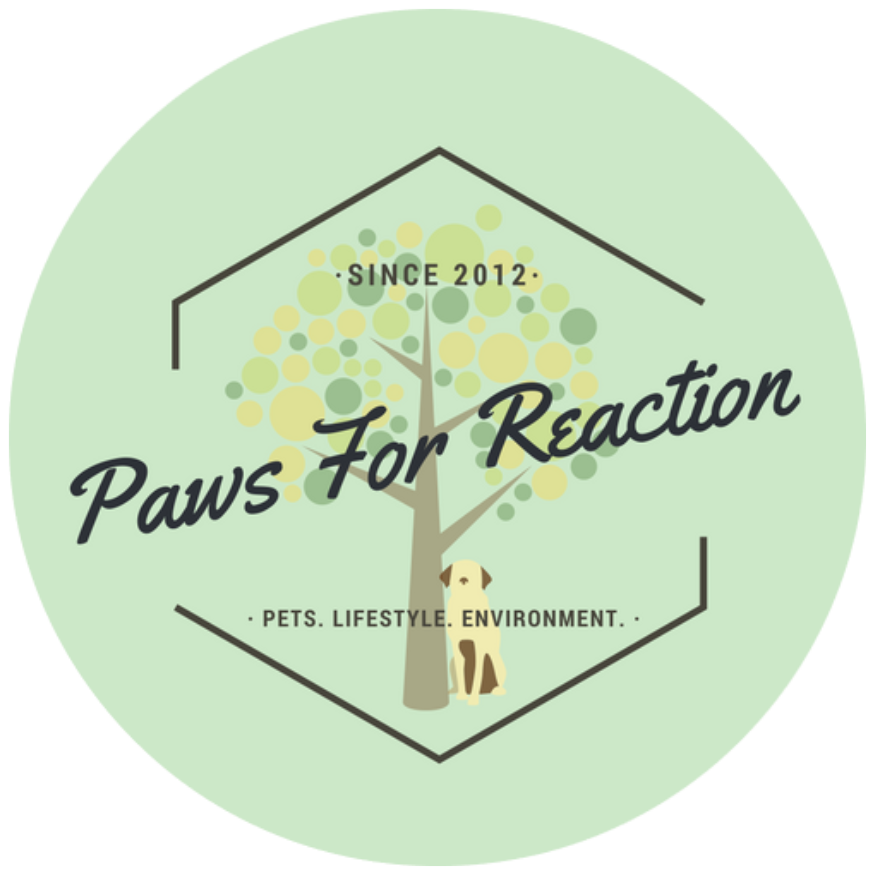Help from home: 5 ways you can help save Canada's wetlands, without getting wet
If you drank a glass of water today, washed dishes, flushed the toilet, boiled a pot, or filled up your dog's water dish, you probably benefited from a wetland. Wetlands are responsible for providing us with the clean water we drink and use every day. Ontario boasts 330,000 square kilometres of wetlands and currently accounts for about 25% of all the wetlands in Canada and 6% of global wetlands. Wetlands hold billions of litres of water that they help naturally filter and purify. They provide flood control, habitat and feeding ground for a variety of species, and act as carbon storage. I really enjoy hiking in the wetlands- they are wonderful recreational and educational ecosystems.
Wetlands- swamps, bogs, marshes, fens, and floodplains- are important, not just ecologically, but economically as well. Unfortunately, the economy that wetlands support is the same economy that is draining the wetlands, polluting them, and reducing their size to make room for infrastructure- even in Ontario. There are obvious things we can do like take political action, volunteer to clean the wetlands, stop using, and purchasing products that use chemicals or pesticides. But it's November and we're in a pandemic. Because of that, I'm going to share five things you can do to help save the wetlands from home, where it is safe, warm, and dry. Let's save Canada's wetlands- without getting wet!
1. Participate in this Ontario Nature wetlands campaign: If you do only one thing from this list, DO THIS! Head to Ontario Nature and add your name to this email to make your voice heard. The government continues to use Minister’s Zoning Orders (MZOs) to allow the development of wetlands behind closed doors, without the opportunity for public consultation. They are using this tool to destroy a Provincially Significant Wetland in Pickering, Ontario. Ask Minster Clark to revoke this MZO, and reaffirm the government’s commitment to respecting and upholding protections for the remaining wetlands in Ontario. CLICK HERE to tell the Ontario government that protecting the wetlands is important to you!
2. Shop DUC Gear: Has anyone else become more addicted to online shopping during the pandemic? Why not shop for a cause! DUC Gear is a clothing line that supports Ducks Unlimited Canada. Ducks Unlimited Canada has been conserving Canada's wetlands- one of the most important ecosystems on the planet- for 80 years! You can donate to Ducks Unlimited Canada, but you can also shop their DUC Gear to support the cause. The clothing is made for life in Canada and sales help fund their critical conservation efforts. CLICK HERE to shop DUC Gear!
3. Give land: Is your property home to wetlands? Do you have a swamp or marsh on your land? Nature Conservancy Canada (NCC) doesn't just accept donations- they also accept gifts of land! If you are interested in the conservation of your private land, contact NCC to schedule your assessment. The assessment will determine if your private land fits within their programs and science-based conservation priorities. Donations of land and conservation agreements to the NCC may also qualify as an Ecogift by Environment Canada. This federal program provides extra tax benefits to the landowners who wish to donate ecologically significant land. CLICK HERE to find out more about NCC private land conservation.
4. Log wetland species sightings on iNaturalist.ca: Playing on your phone can help you conserve the wetlands. Believe it or not, you may get wet for this one. The loss of the wetlands threatens many species, not just humans. In fact, as you scroll through the list of Ontario's endangered species, you'll see a large variety of animals that thrive in wetland ecosystems. A validated observation of an endangered species in the wetlands can help increase the amount of protection for that wetland. An example is the Blanding's Turtle. If you snap a photo of a Blanding's Turtle sunbathing on a log, it should be submitted to the Ontario Ministry of Natural Resources and Forestry, along with the location and date the photo was taken. The easiest way to do this is to submit it through the iNaturalist website. The Natural Heritage Information Centre is the rare species tracking group of the Ontario Ministry of Natural Resources and Forestry. They gather up observations submitted to iNaturalist and identified as a Blanding’s Turtle. Those observations will then contribute to habitat protection! CLICK HERE to visit iNaturalist.ca
5. Use less water: The best way to save the wetlands doesn't involve a petition, website, shopping cart, or phone. The best way to support the wetlands is to use water conservatively. Using less water is something EVERYONE can do. It reduces the strain on the wetlands and helps keep rivers and lakes full. Use a rain barrel, check your toilet for leaks, don't purchase bottled water, do full loads of laundry, install water-saving showerheads, and turn off the water while brushing your teeth- these are simple and easy ways to reduce your water use. CLICK HERE for more tips on how to reduce your water use at home and in the yard.
According to the Government of Ontario, estimates suggest that 68% of the wetlands originally present in southern Ontario were lost by the early 1980s and an additional 4% on top of that as of 2015. Besides the conversion of wetlands into 'usable land' other threats to the wetlands include pollution, invasive species, alteration to natural water levels, and climate change. You are not powerless to make change. If you care, you have power. Caring about the environment is the first- and most important- step in making positive change. Join me and take the next step!
Like Paws for Reaction on Facebook
Follow @PawsForReaction on Twitter
Follow my blog and subscribe in the sidebar >>

























0 Comentarios